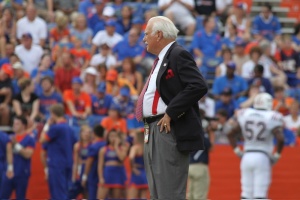
It’s the opening weekend of the 2011 college football season and FAU is in trouble. They find themselves alone amongst 88,708 screaming Gator fans. A UF player has just blown past an FAU defender (again), leaving him helpless and defeated as FAU finds itself losing — big. They’d end up losing 41-3.
It wasn’t a free beat down, though. The Owls were paid $500,000 to play UF. Despite that, FAU students pay the highest athletic fee ($16.45/credit hour) of the seven state schools with football teams.
The Owls would follow the loss with four more, before opening its new on-campus stadium with buzz, excitement and an 0-5 team.
After opening the new house with a 20-0 defeat before 29,103 people, safety Marcus Bartels apologized to fans for another loss, many of whom left before the game was over. But whether students care about football or not, whether they go to games or not — they’re paying for it.

They aren’t just paying for any kind of football: They’re paying for one of the worst football teams in the country. As of print time, FAU was one of only three schools in the nation with an 0-6 record. Since 2005, when it joined Division l, the highest level of college football, FAU’s record is 31-47.
According to Athletics Director Craig Angelos, football is the reason for the high athletic fee. “You can run a much cheaper athletic program when you don’t have football,” said Angelos, explaining why schools like UNF and FGCU pay lower athletic fees. “Football is a big, big beast and chews up a lot of money. Football is always the X-factor.”
But UWF, which has the highest athletic fee in Florida ($17.49), doesn’t have a football team. Its athletic director, Dave Scott, said that not having football hurts his school’s ability to make money.
“We’re Division II, so there’s not much opportunity for TV revenue or game guarantees,” said Scott.
FAU, however, does get that money because it’s in Division I. Earlier this year, CNBC’s Darren Rovell reported that the university will make $1.64 million in game guarantees this season from playing UF, Michigan State and Auburn. FAU would lose the three games by a combined 115-17.
Despite that, Angelos believes every student should pitch in for the football team.
“I think it’s worth it to the students and to the university as a whole because I do think it brings great value to the university,” said Angelos. “If it’s good for the whole of the university, then you have to forge ahead, even though you may not use it.”
Whether it’s worth it or not though, is up for debate.
“I think it’s pretty ridiculous that students are charged for their education based off a bunch of sweaty men bashing their heads together trying to move a ball,” said senior ocean engineering major Geoff Norris.
What could be bought with $70 million?
FAU’s new on-campus stadium cost $70 million. Instead of a stadium the UP broke down what could have been done with the money:
1. 8.76 parking garages
(priced at $7,990,000, same as the one near the library).
Source: FAU Parking Facility Revenue Bond Series 2001 and 2002.
2. One 15-credit semester for 25,532 FAU students
($177.65 per credit hour, plus $76.90 Transportation Access semesterly fee) rounded to the nearest whole number.
Source: FAU Controller’s office
3. 350 homecomings
($200,000 each)
Source: 2011-2012 Activity and Service fee budget.
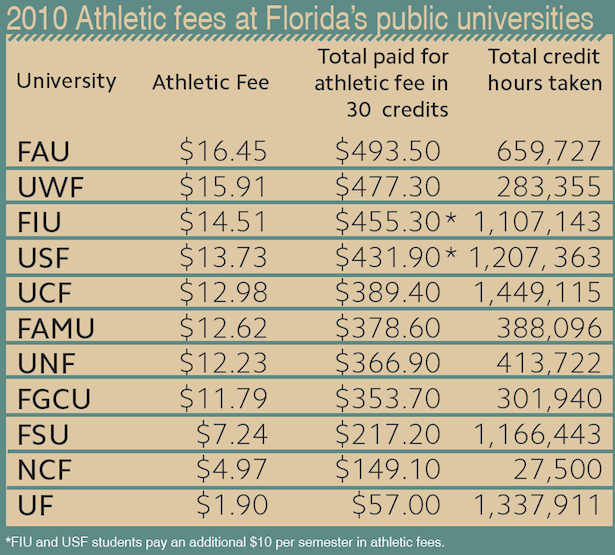
No way to know where the money goes
Although Owls football is the “X-factor” that makes FAU’s athletic fee one of Florida’s highest, it’s impossible to find out how much of the nearly $9 million collected goes to the football — or any team.
According to Michael Boele, associate director of Athletics, the university puts its sports revenues (like athletic fees, concessions, and ticket sales) into one fund. That fund is then split up among FAU’s teams.
Because of this, the university can’t report how much money each team gets from athletic fees. This makes it appear as though the teams are losing money.
Other schools, like FIU, include athletic fees in their teams’ revenues. This method makes it appear as though those teams make money.
“We feel that reporting the data the way we do reflects a more accurate picture of the program in its entirety,” said Boele.
“I did get a little interested in the reporting structure of it now when I see it reported like that,” Angelos added, “because it casts us in a negative light.”
Neither Angelos nor Boele confirmed that Athletics would change its budget reporting to show how much each team receives in athletic fees.
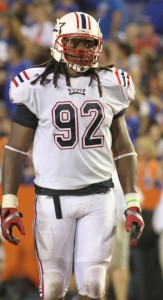
How high can it go?
Going forward, Angelos admits the fee can (and most likely will) increase. It increased between Fall 2008 to Fall 2009, and Fall 2009 to Fall 2010. Athletics favors increasing the fee again.
“We thought, with the uncertainty of a new stadium, we wanted to propose a 5 percent increase [next year] to offset the 5 percent we were potentially losing,” said Angelos.
That potential loss, estimated at $467,483, will help pay the stadium’s debt if sources like ticket sales and concessions don’t cover the yearly $2.5 million payment. In other words, Athletics thinks students should have to make up the difference with a higher fee if the Owls can’t win and attract fans.
A 5 percent athletic fee increase would mean paying about $17.27 per credit hour. That increase would come with increased expectations.
“If you’re not competitive, people won’t back you,” said Angelos. “And the way they don’t back you is they just don’t show up to your games, buy your tickets, anything like that, passing student fees, all that kind of stuff.”
“If you’re really successful and going to bowl games, and someone comes back with a student fee [increase],” Angelos said, the reaction is, “‘Oh, absolutely. Let’s do it! Let’s give the coach a raise!’” that reaction is something he’s banking on.
“Our football program is growing, and will soon spin off more money than it makes.”




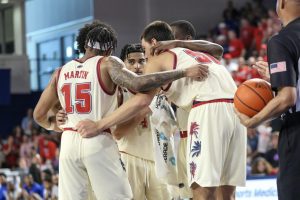







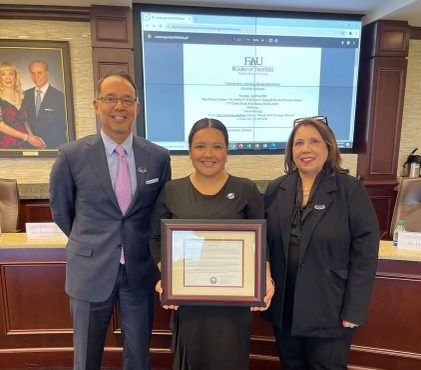
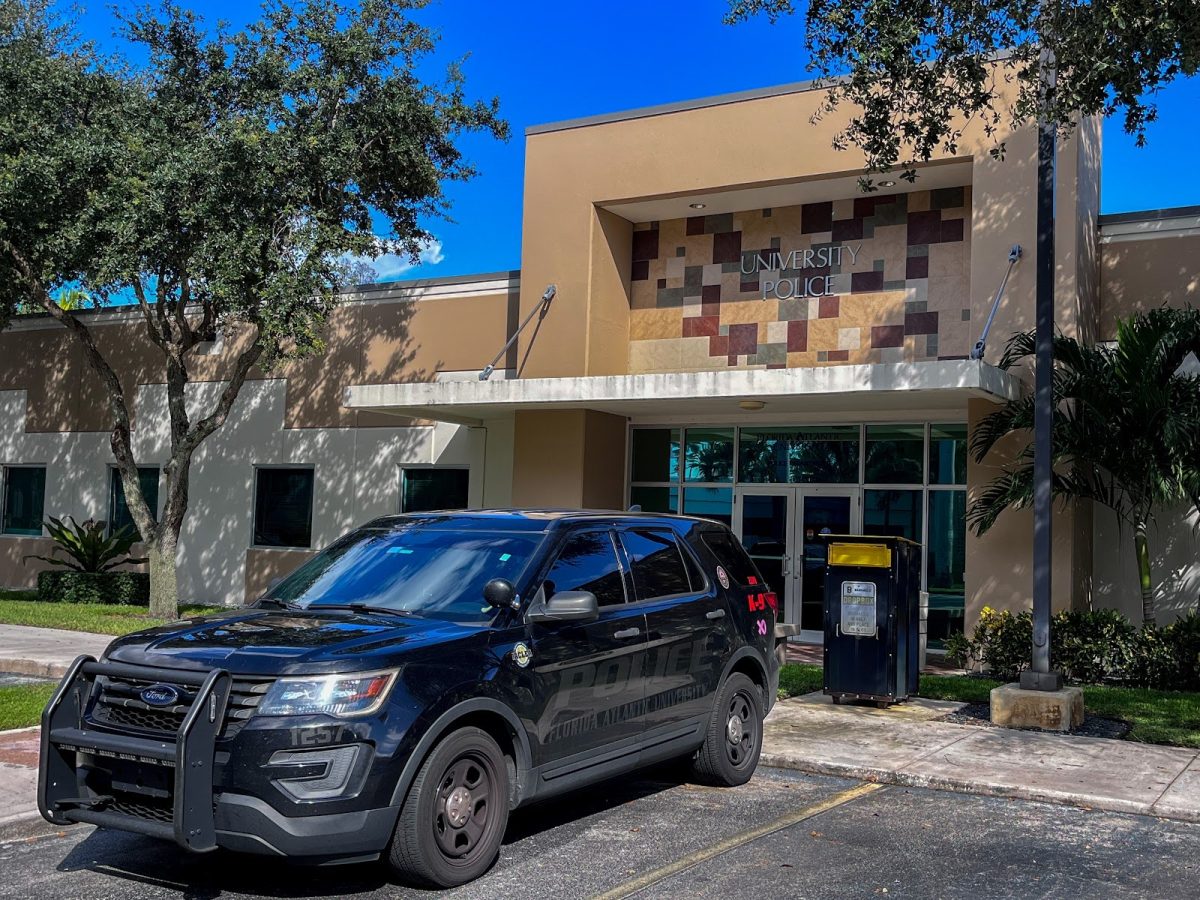



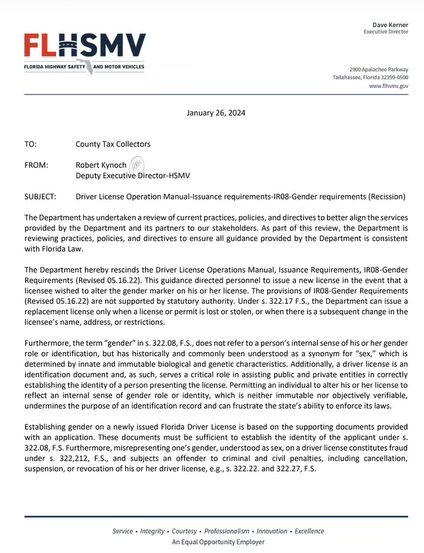
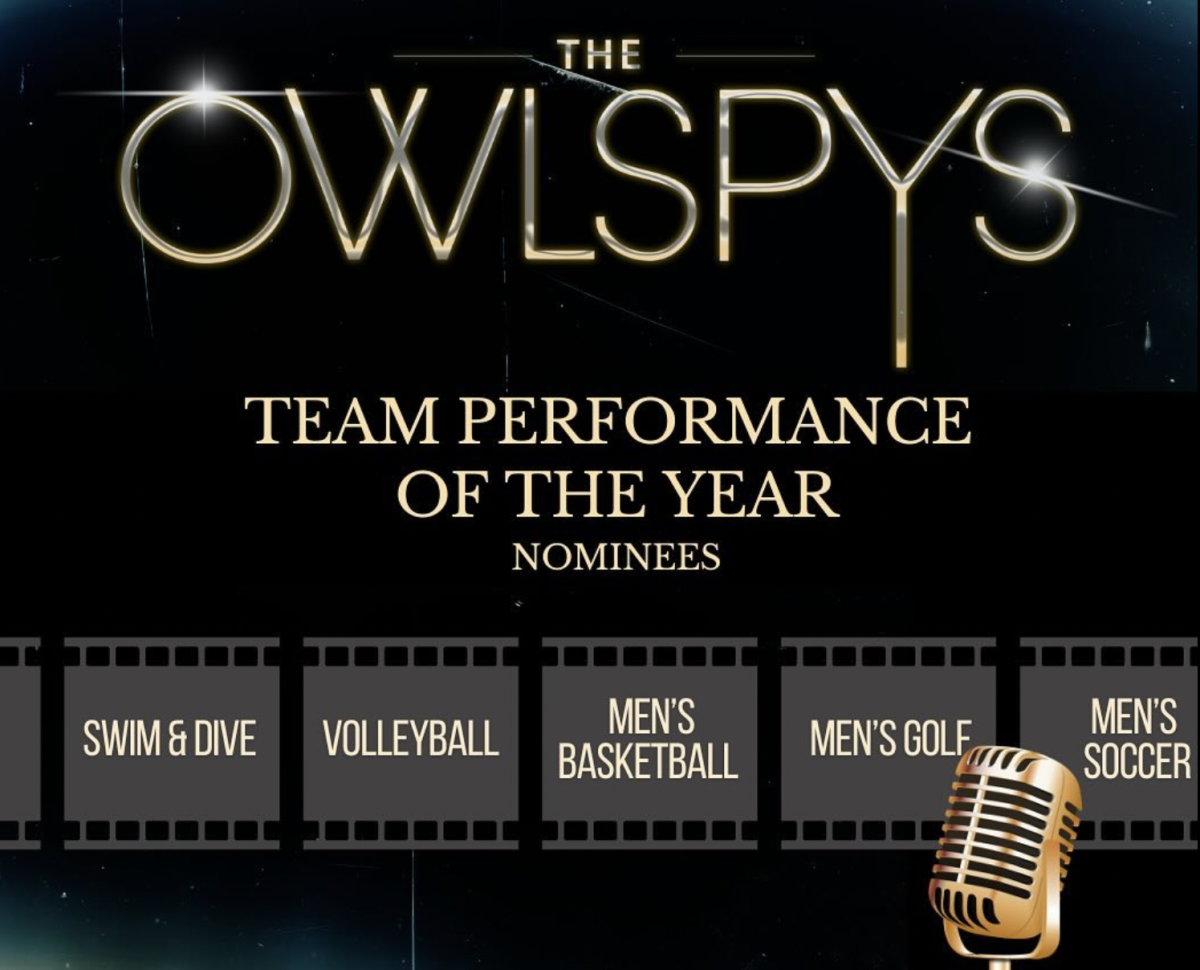
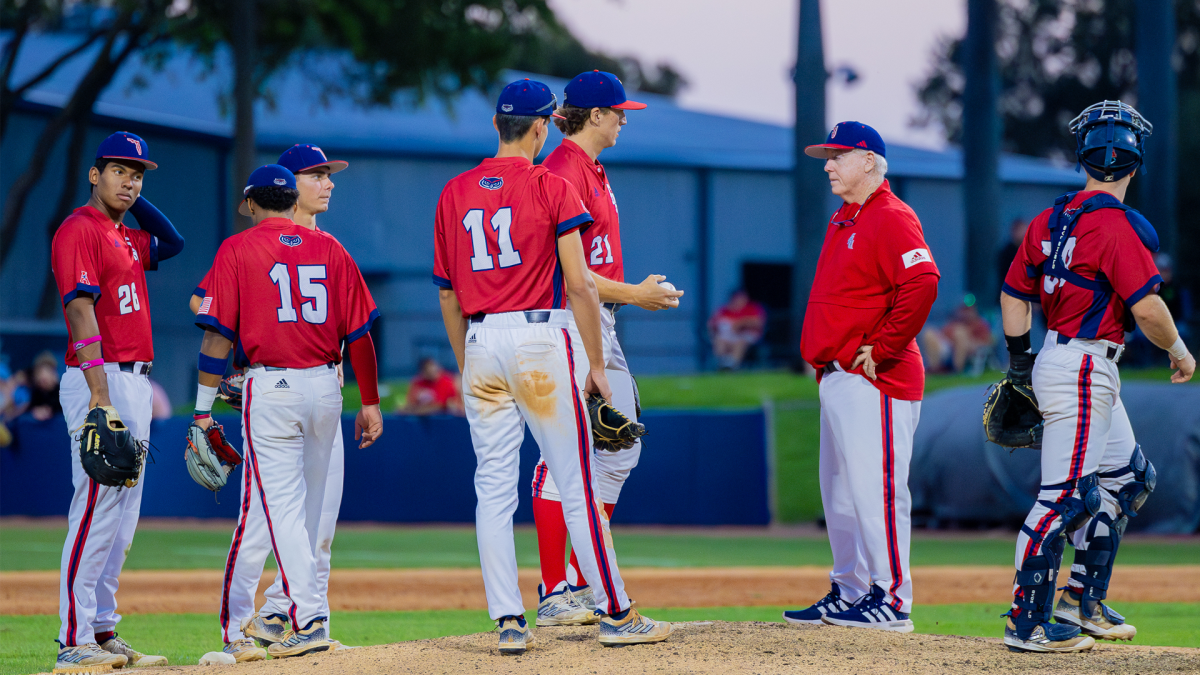



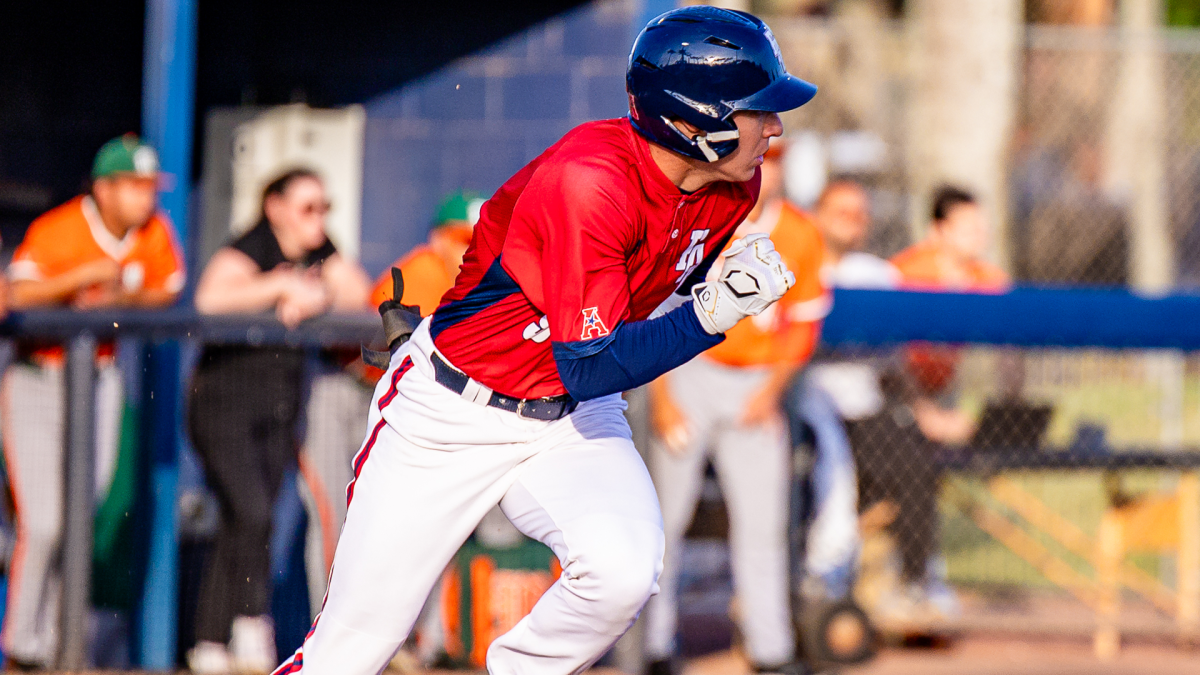
James • Oct 19, 2011 at 8:17 pm
Tom’s got it right. The UP never, EVER recognizes it that way because they don’t do their proper research but yes, $70 million wasn’t just sitting around. In order to get that loan, they had to have the seed money for the dorms. That seed money ($12M) could not go to things like chalkboards, scholarships, online classes, etc. It doesn’t work that way and that’s why universities have to undergo capital campaigns to improve themselves. If it did work the way the UP suggests, as if we had access to $70M and spent it on a stadium rather than improving academics, EVERY university would be doing things that way.
tom • Oct 19, 2011 at 12:21 am
The section of this article that poses the question, “What could be bought with $70 million?” is misleading, at best. It suggests that FAU had $70 million in cash sitting around and just decided to spend it on a stadium instead of other things. Anyone who knows anything about basic finance knows that this was a strategic investment in the future of the university. FAU essentially borrowed against the future revenue that the stadium will generate in order to pay for it now. So, in a very real sense, the stadium will pay for itself in the long-run even if our student fees have to support it in the short term. It is a smart investment that helps move FAU to the next level. GO OWLS! (pardon any typos)
The Man • Oct 18, 2011 at 9:13 pm
Learn your tenses.
Instead of “Ryan Cortes would write a bad article,” it should read “Ryan Cortes WROTE a bad article.”
True Blue • Oct 18, 2011 at 8:13 pm
I’ve also stated the following on the Sun-Suntinel Blog…
Really…too much? All I have to say is this; look at the FAU campus improvements in the last 3 year. The school is starting to feel and look like a traditional university…and if you were at Saturday’s game, you would have felt it big time, even with a horrible team (for now). The older school have this already.
Look, as a graduate of FAU, I also paid these fees. Only then, we paid for nothing but the future. And that’s the absolute point…these fees are for the fuutre of FAU. Honestly, current students have it good now…new stadium, new atmosphere, and a bright future.
-Go Owls!
Dave • Oct 18, 2011 at 1:37 pm
I wonder what could be bought with the University Press budget instead of this drivel…
Brett • Oct 18, 2011 at 12:54 am
You fail to mention that UF students are the only students in the state that mist pay for football tickets. At $105 per season, ($15/game, must buy all 7 games) the price of tickets helps subsidize the costs of the athletic department and ensures that only the 22,000 students who apply for and receive football season tickets must pay extra towards the athletic department. Therefore there are two tiers of students athletic fees, $57 for those not interested in attending games and $162 for those who buy season tickets. Go Owls and Go Gators!